Shop Ingredients
How this works
Servings: 4
Ingredients
- salt
- 1 medium-sized cauliflower head, cut into small florets, stem cut into fine pieces
- 2 tablespoons olive oil
- 1 large white onion, finely chopped
- 3 preserved anchovies in olive oil, crushed with the back of a fork into paste
- 2 tablespoons pine nuts
- 2 tablespoons golden raisins, soaked overnight in water or wine and drained
- 1/2 teaspoon saffron threads
- 1 pound Barilla Rigatoni
- 1 cup grated ragusano or aged pecorino cheese
- 4 tablespoons coarse breadcrumbs (see below)
Breadcrumbs:
- 1 pound stale rustic bread (white or whole wheat)
- 1 tablespoon Garlic Paste (see below)
- 1 cup grated caciocavallo or aged Sicilian sheep's milk cheese
- 1/4 cup extra-virgin olive oil
- 1 tablespoon dried Sicilian oregano
- sea salt
Garlic Paste
- 6 garlic cloves
- 1 teaspoon medium-coarse sea salt
- Extra-virgin olive oil (optional)
Instructions
Pasta:
- Bring a large pot of salted water to a boil over high heat. Add the cauliflower and blanch until slightly tender, about 2 minutes. To test if ready, remove one floret from the water and insert a paring knife inside the stem. If the knife is smoothly inserted with ease, the cauliflower is ready. Transfer the cauliflower with a slotted spoon to a strainer to drain excess water. Reserve the pot of boiling water to cook the pasta.
- In a sauté pan, heat the olive oil over low to medium heat. Add the onion and cook until translucent, about 5 minutes. Add the anchovies, pine nuts, raisins, and saffron threads. Let all the ingredients simmer together for a few minutes, then add the blanched cauliflower florets. Add about 1 cup of the boiling pasta water to the pan and let simmer until the water is reduced by half and the sauce appears amalgamated but not dry.
- Meanwhile, cook the pasta until al dente; drain. Add the pasta to the sauce along with the cheese and toss together until the pasta is coated with the sauce. Taste for salt and add more accordingly.
- Plate the pasta and top with the coarse bread crumbs.
Breadcrumbs:
- Preheat the oven to 400°F. Break the bread into small pieces (the size of an olive) and place on a baking sheet. Toast in the oven for about 15 minutes, until golden brown. Pay careful attention so as not to burn the bread pieces. To test if the bread is sufficiently toasted, grab a cool piece between your fingers and squeeze. If the bread feels at all sticky or moist in the middle, return the pan to the oven. Ideally, the pieces of bread should be thoroughly toasted and dried out. Let cool.
- Transfer the bread to a food processor and process until the bread breaks into very small clumps. Add the garlic paste, cheese, olive oil, oregano, and salt. For coarse or medium breadcrumbs, pulse the food processor five to ten times, until the bread breaks down to the desired crumb size. For fine breadcrumbs, continue pulsing until the bread is broken into pieces slightly larger than grains of sand.
- Using a rubber spatula, scrape the bread crumbs from the food processor and transfer to a sauté pan. Over medium heat, toast the breadcrumb mixture until dark brown, stirring continuously with a wooden spoon. Let cool before storing in an airtight container for later use. The breadcrumbs will keep in the refrigerator for 2 to 3 days. Warm them in a sauté pan before using.
Garlic Paste:
- With a large chef’s knife, finely chop the garlic on a cutting board and sprinkle with the salt. Making sure that the edge of the knife is facing away from you, press the flat side of the knife against the garlic with the palm of your opposite hand and crush the garlic. The graininess of the salt will help to release the liquids in the garlic and turn it into a paste.
- If you need to hold the garlic paste for a few hours before using it, mix it with some olive oil. However, make sure to store the garlic paste in an airtight container in the refrigerator to avoid the growth of bacteria. It will keep for up to 2 days.
Notes
Excerpted from Sicily: The Cookbook, Recipes Rooted in Traditions © 2017 By Melissa Muller. Published By Rizzoli.
Tried this recipe?Mention @WPRecipeMaker or tag #wprecipemaker!
Rate This Recipe
Share this Post
DID YOU MAKE THIS RECIPE?
Leave a comment below and share a picture on Instagram with the hashtag #livenaturallymagazine

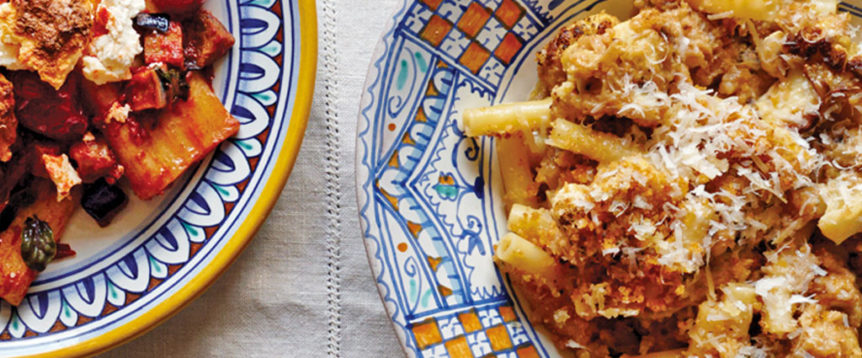
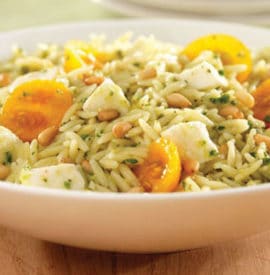
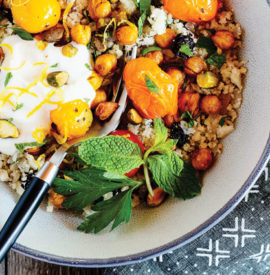
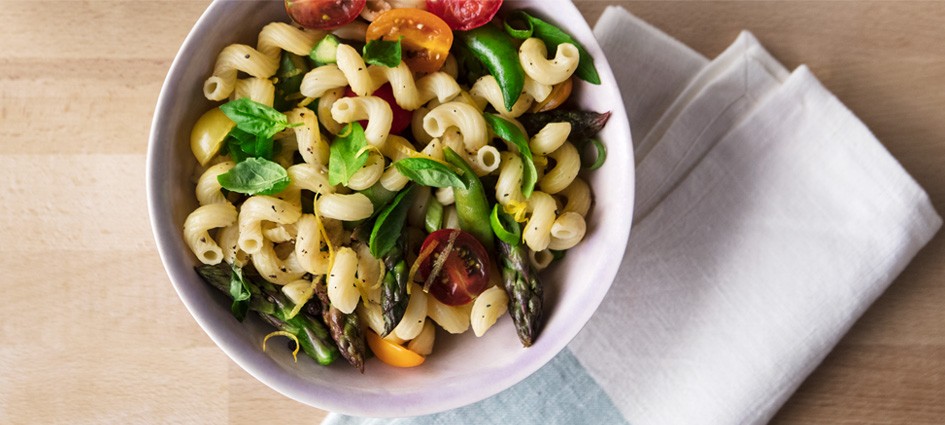
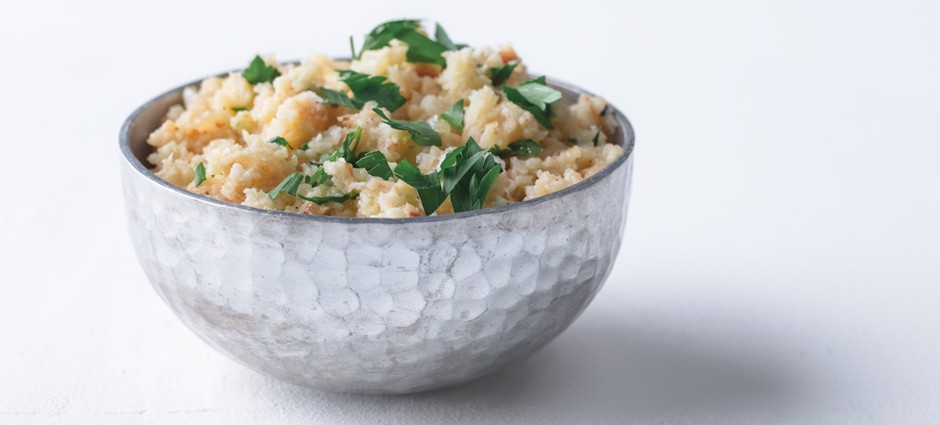
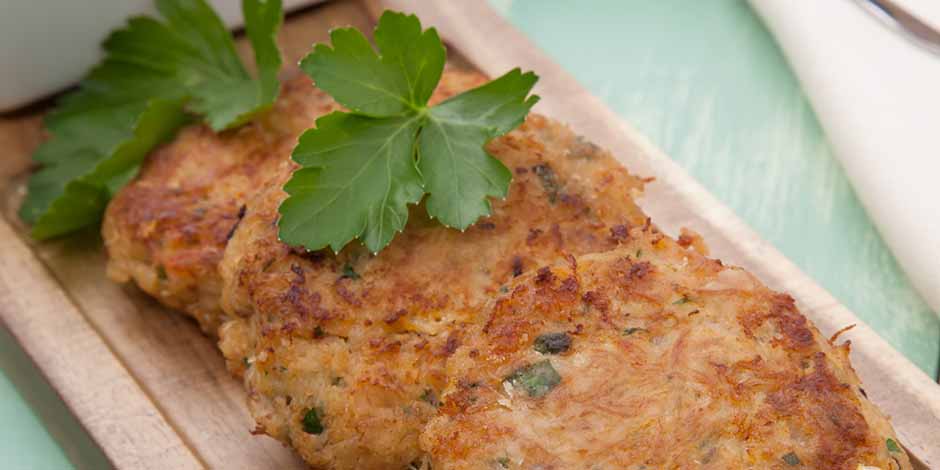

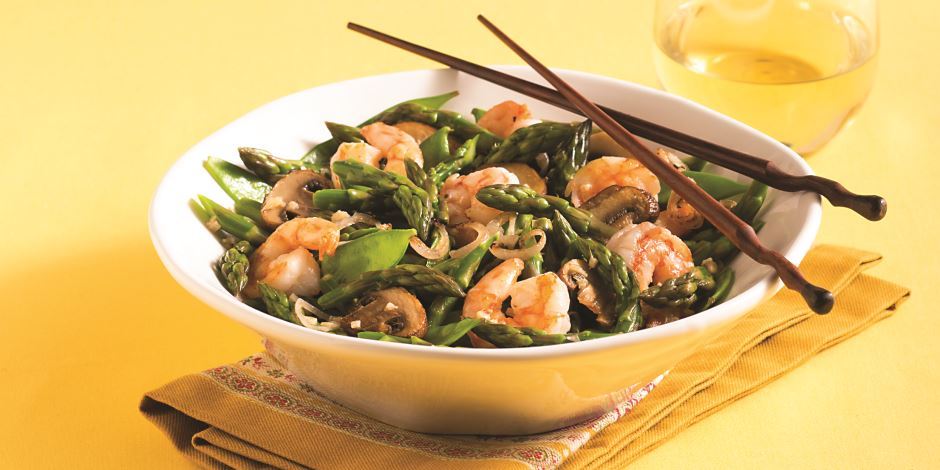
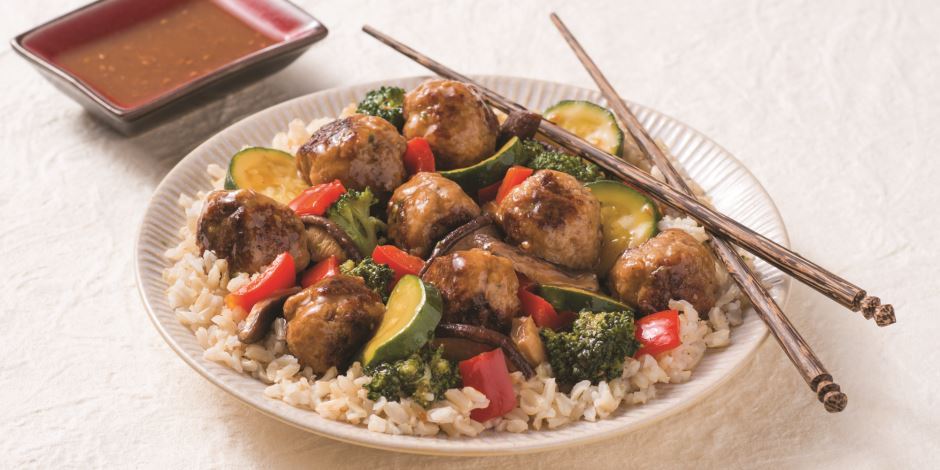
Comments